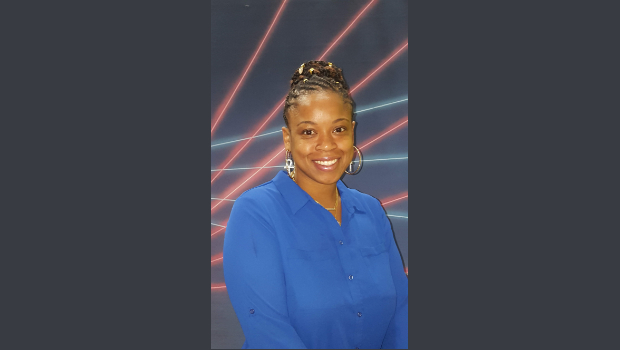As February draws to a close, many schools are wrapping up Black History units, but East Hartford teacher Nicole Campbell says teachers need to be looking for ways to incorporate teaching about Black history and excellence into their lessons all year round.
“Look for books within the genre you’re focusing on at any given moment for texts that focus on Black characters,” says the fifth-grade teacher. “If it’s a nonfiction unit, look for nonfiction texts that focus on Black activists and Black pioneers. You can hit on your learning target and the standards while helping students learn about Black history.”
For fiction units she recommends finding historical or realistic fiction that has diverse characters. Most of Campbell’s students are Black or Latino and need to see characters who look like them reflected in the texts; however, Campbell says it’s just as important for white students to be exposed to materials that depict an array of cultural backgrounds.
“The American population is culturally diverse,” says Campbell, who serves on CEA’s Ethnic and Minority Affairs Commission. “It’s very important that students who are not Black or Latino have an understanding of the contributions that Black people have made in society, as well as Latino and Hispanic Heritage. It is also very important that our Black and Latino students learn more about people who paved the way for them.”
Media depictions or other prejudices that have shaped students’ views of other races and cultures can be dismantled by learning about Black achievement, Campbell says.
Campbell thinks that Connecticut is headed in the right direction with the requirement that high schools teach courses on Black and Latino studies but that we need to go further. “We also need to incorporate teaching Black and Latino studies at the middle and elementary school levels so that students can really dig deeper by the time they get to high school. We need to do better at the elementary and middle school levels,” she says.
Campbell helps her fifth graders go deep by tying Black history into current events her students already know about.
“I feel like they are very passionate about current events. They are more engaged when we’re talking about current events like the Black Lives Matter movement—they’re living it as opposed to just learning about things from the past,” she says. “It’s important for students not just to see Black people or Latinos in the curriculum, but also to see youth in the curriculum. When they see young people who are taking action they believe, ‘If I want to stand up for a cause, I can.'”
For the first time this year Campbell took advantage of the Black Lives Matter at School Week of Action lessons that focus on helping students understand that they can stand up for something they believe in, and that being an activist doesn’t mean you have to march or protest.
“You can be an activist with art, poetry, music—I also talk to my students about how you can stand up for something you believe in by being a teacher,” Campbell explains. “I stand up to make sure we have diversity in our curriculum. I like to incorporate the history of the past and the struggles Black people have faced in our past, but also make sure I focus on Black excellence and overcoming struggles through perseverance.”
Campbell started talking about activism with her students by discussing the book The Youngest Marcher: The Story of Audrey Faye Hendricks, a Young Civil Rights Activist by Cynthia Levinson and asked students what cause they’d like to stand up for.
“I took students’ answers as a guide to kick off my next lessons. I wanted their thoughts and feelings to guide the lessons,” Campbell explains. “I really make sure I take the time to listen to my students and give them the opportunity to speak.”
Among the causes students told her they’d like to support were the rights of Black people, people who must work on the frontlines of the pandemic, people not being treated right, fair treatment by the police, and immigration.
To help other educators tap into the Black Lives Matter, Black history, and racial justice teaching materials Campbell has found work well in the classroom, she has compiled lessons and resources categorized by grade level for all CEA members to use. She also includes resources for art and music educators.







